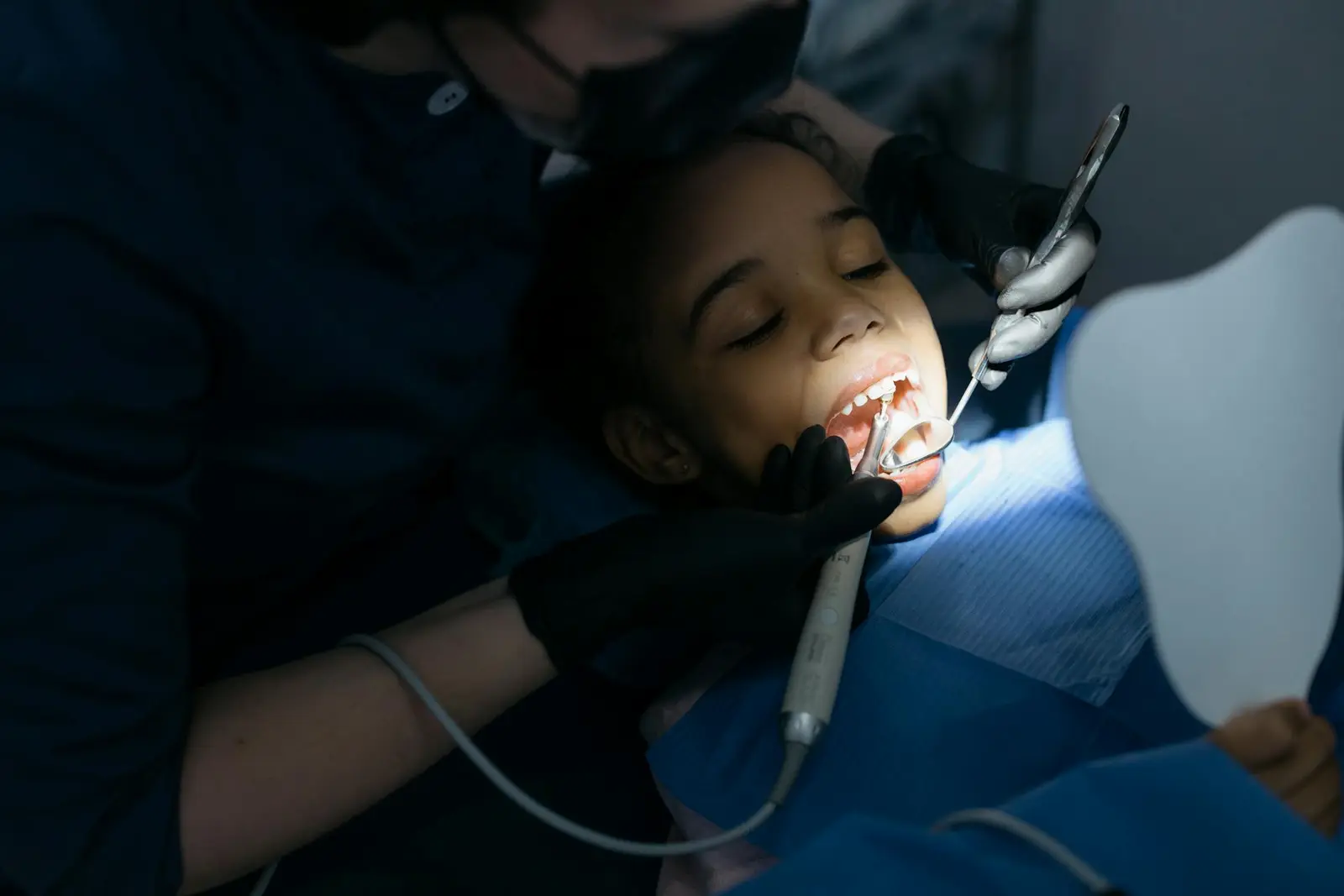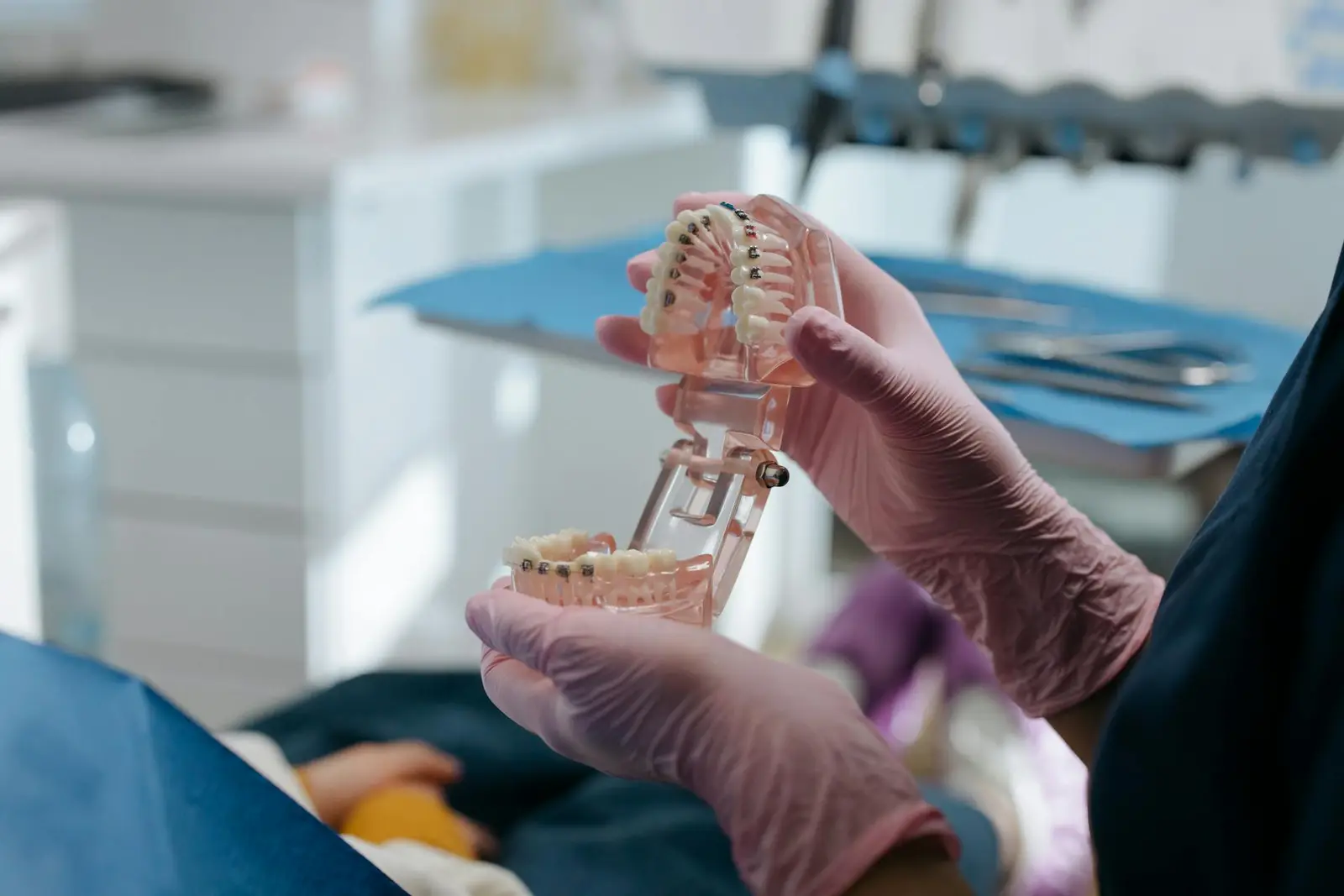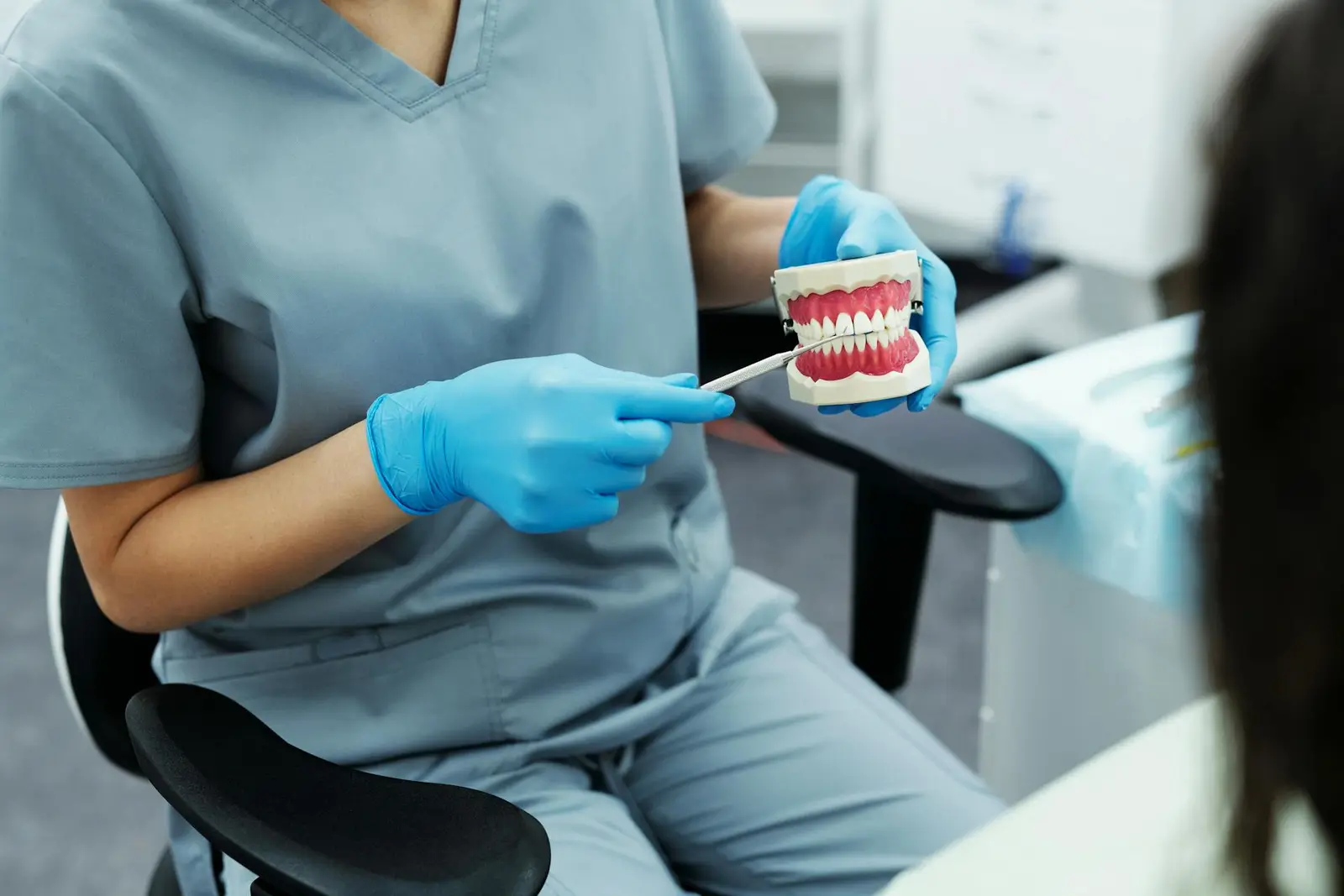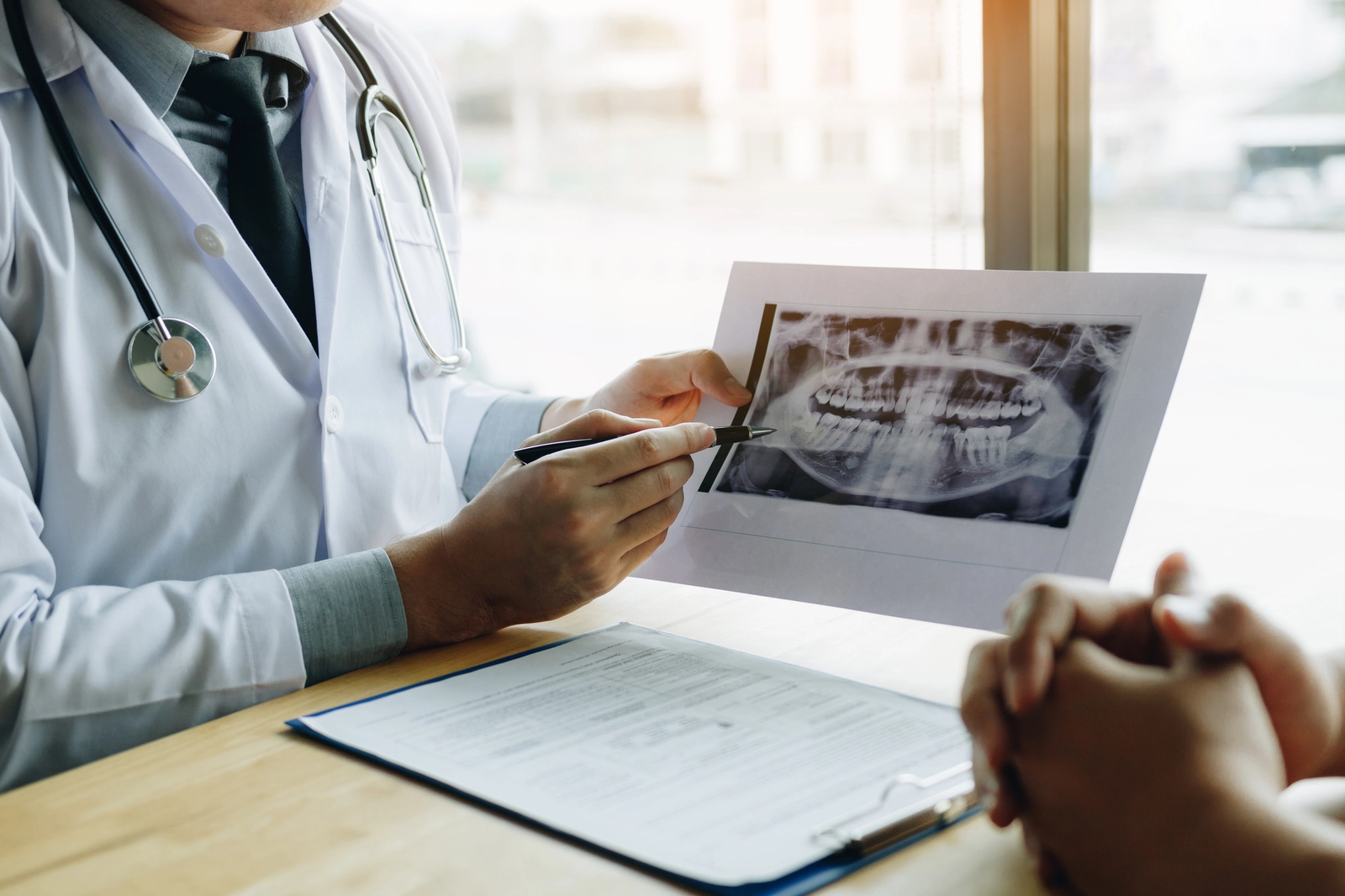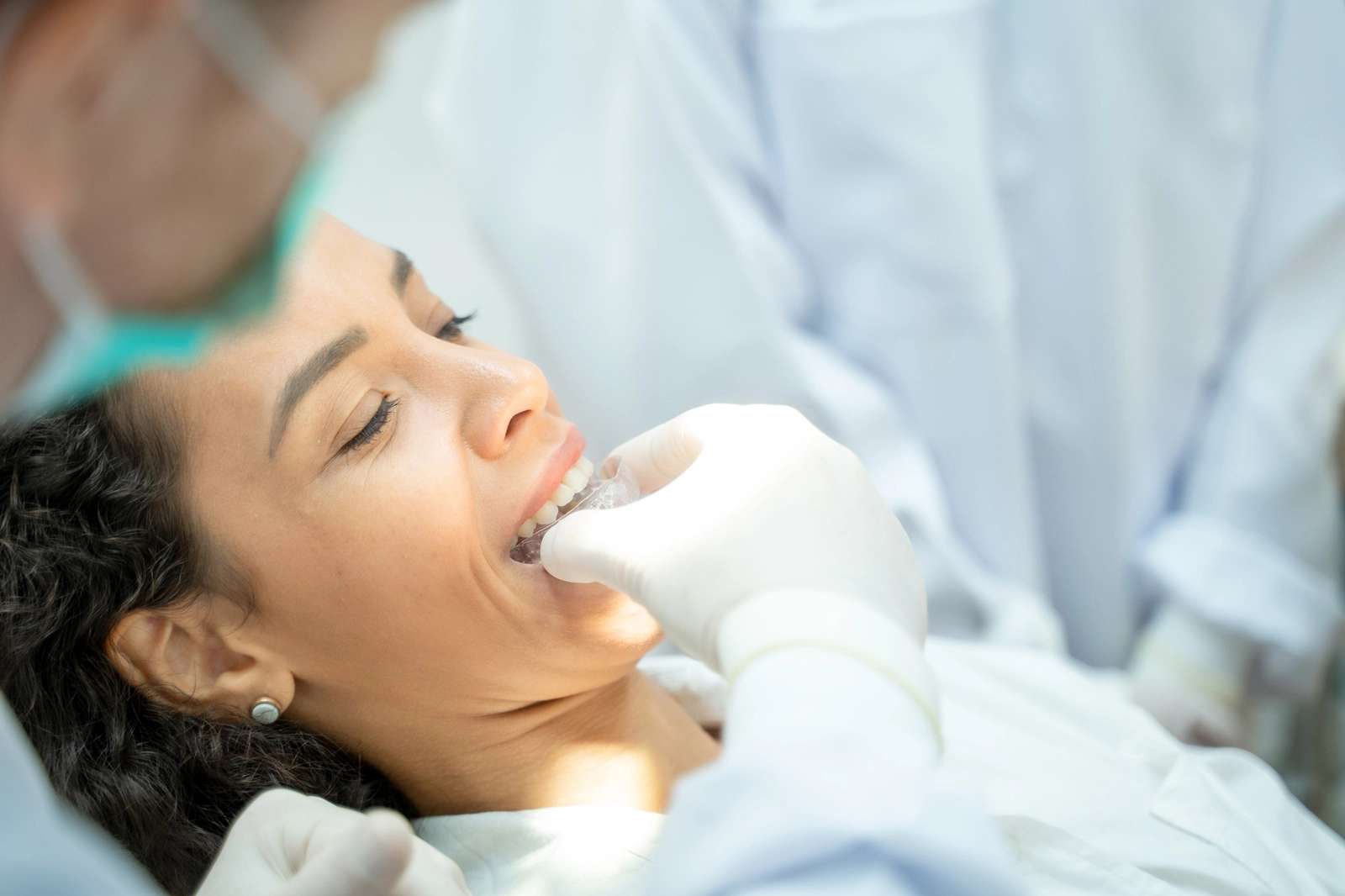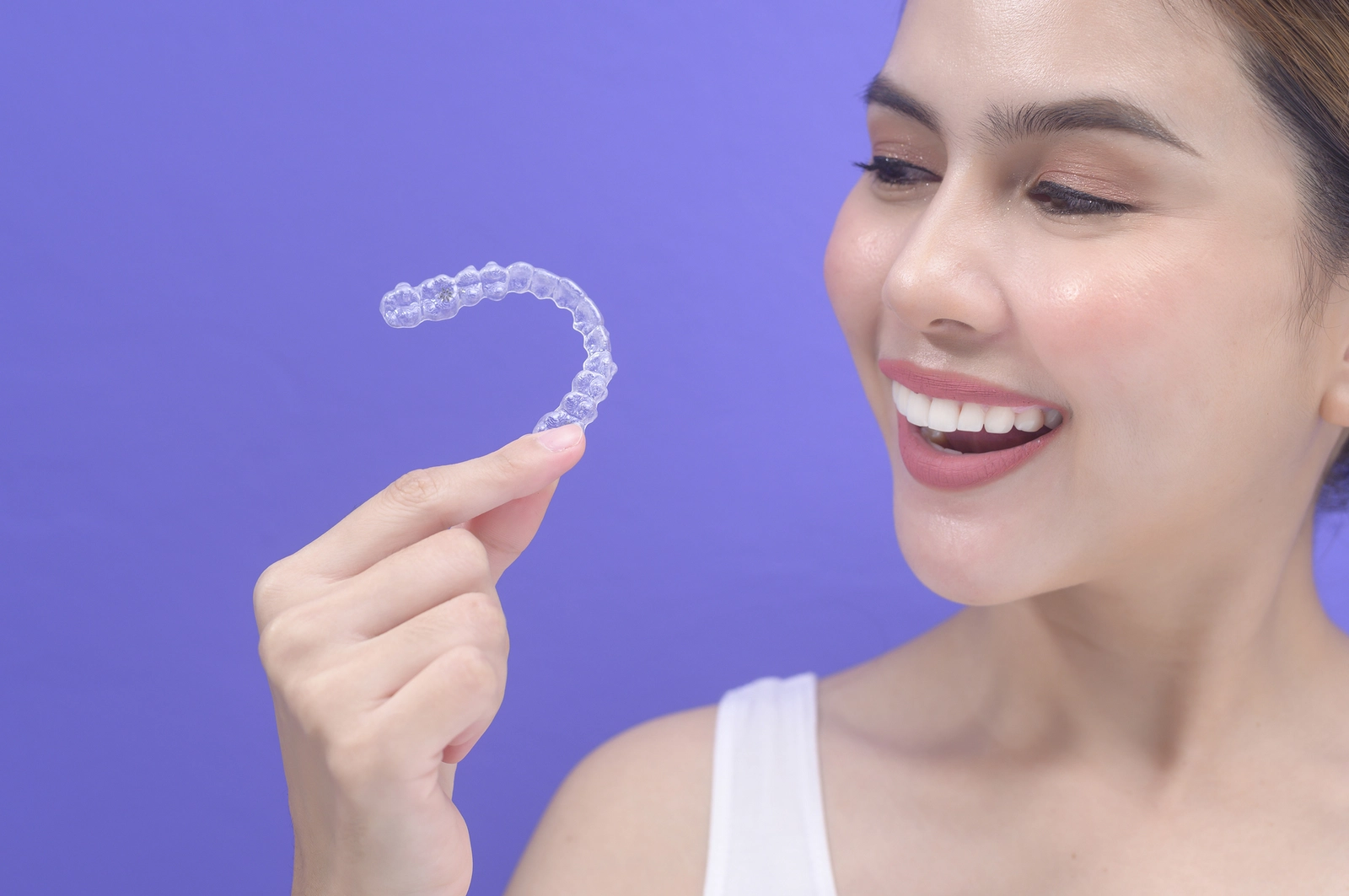An orthodontic emergency is a situation that requires immediate attention from your orthodontist. True orthodontic emergencies are rare. In many cases, there are things you can do at home to manage “orthodontic emergencies” until it’s convenient to see your orthodontist. There may also be some preventative techniques you can employ to stop an orthodontic emergency before it begins.
Common Orthodontic Problems
We use our mouths every day to eat, talk, breathe, and more. When you’re wearing braces or another orthodontic appliance, something is bound to go wrong sooner rather than later. Some of these orthodontic issues may be managed at home, at least until you can see your orthodontist. Others may require immediate attention.
Loose Teeth
When wearing braces or other orthodontic appliances, some individuals report feeling as though their teeth are coming loose. This is a common concern, especially among new patients, but it’s not usually an emergency. If the feeling persists, call your orthodontist for advice. Over time, you may become more accustomed to the feeling of your teeth shifting.
A Loose Bracket
A loose bracket may seem like an emergency, but don’t panic. If you feel like your bracket has become loose, use orthodontic wax to temporarily cover it. This can prevent irritation to your tooth or mouth in the meantime. If the bracket becomes dislodged or falls out, keep it and take it to your next orthodontic appointment. Call your orthodontist and let them know what’s happened. While it may not be a true orthodontic emergency, your orthodontist may still want to assess your situation before your next scheduled appointment.
A Poking Wire
With braces, it’s not uncommon to have a protruding wire that pokes into your cheek. If this happens, the pain and irritation that results might make it seem like an urgent situation. Let your orthodontist know about the situation, but a poking wire typically doesn’t require immediate attention. You can try using a clean cotton swab to gently push the wire back into place. If that doesn’t work, use orthodontic wax to cover the end of the wire until you can see your orthodontist.
Pain or Discomfort
Some discomfort is to be expected with orthodontic care. If your teeth are simply sore, you can use an over-the-counter pain reliever or rinse with warm water to relieve the pain. If the pain is severe or doesn’t respond to at-home treatment, you may require emergency care. Contact your orthodontist right away for the next steps.
Broken Archwire
An archwire is the wire that connects your brackets to one another.[1] If it breaks, it might not be a true orthodontic emergency, but since it impacts treatment progress, it’s a good idea to notify your orthodontist as soon as possible. In the meantime, you can try using a Q-tip or clean and sterilized tweezers to push the wire back into place. Don’t clip the wire, as this can pose a choking hazard.
Mouth Sores
Sometimes, orthodontic appliances cause cuts and sores inside the mouth. These oral injuries may require immediate care to prevent infection. Please call your orthodontist to schedule an appointment as soon as possible. In the meantime, you can gargle with warm salt water and use a topical anesthetic available at your local drugstore.
Mouth or Face Injury
Accidents can happen and are more common among children and adolescents. If you fall or get hit in the face while wearing braces or orthodontic appliances, it could cause damage to your orthodontic equipment. It might also exacerbate any other injuries you’ve experienced from the incident. If you’re seriously injured, call 911 and seek emergency medical care. Once you’re stable, you can notify your orthodontist about any damage to the appliance or other orthodontic issues.
Trouble Breathing or Swallowing
If your appliance breaks or becomes dislodged, it could block your throat, causing problems with breathing or swallowing. If this happens, don’t call your orthodontist right away. Instead, call 911 and seek emergency medical attention. Once you’re able to breathe and swallow normally again, you can notify your orthodontist about the problem.
Preventing Orthodontic Emergencies
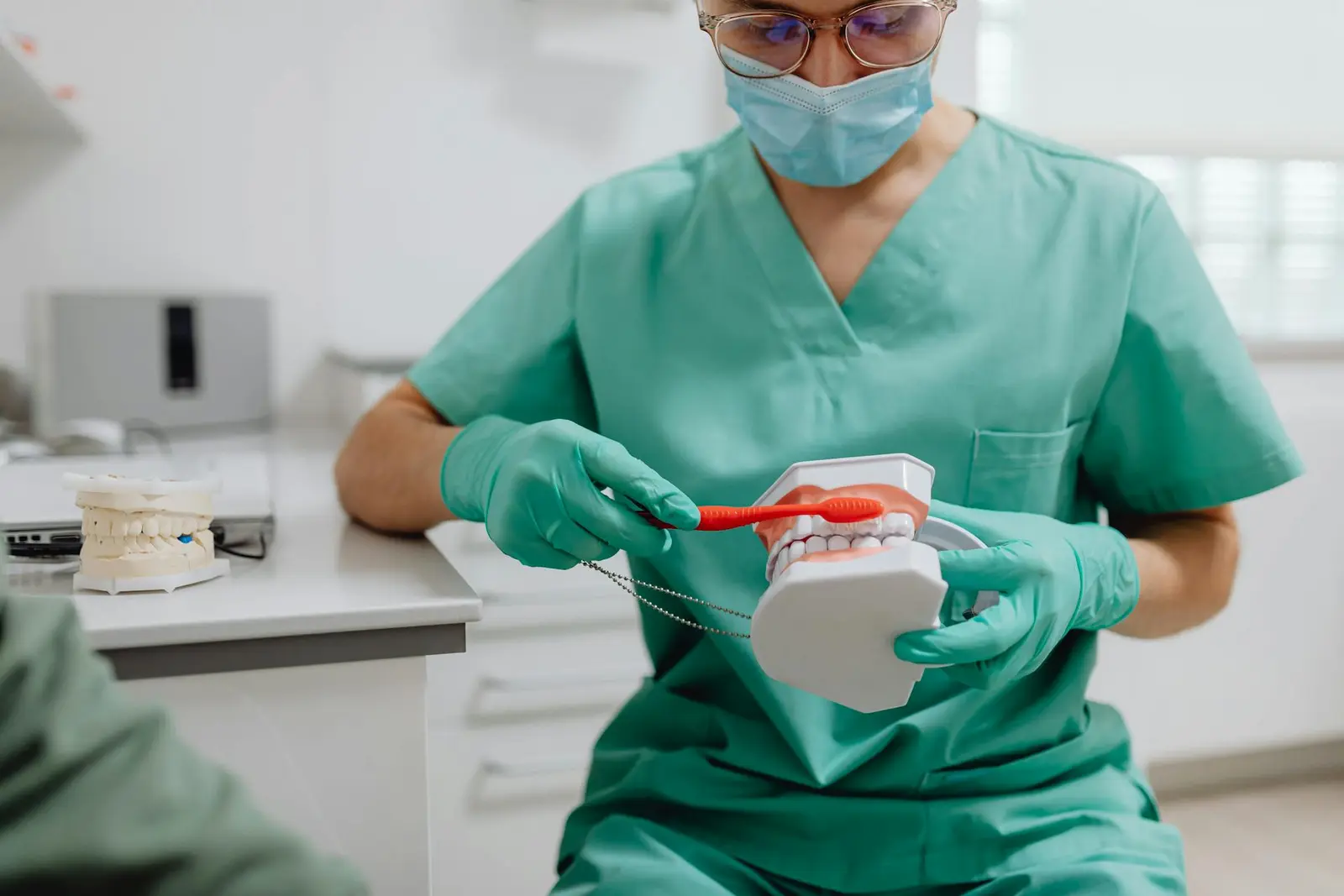
Not all orthodontic emergencies are preventable, but many can be. When you’re receiving orthodontic treatment, there are some precautions you can take to avoid painful or irritating problems before they occur:
- Follow your orthodontist’s instructions carefully. This includes instructions on how to clean and care for your braces or other orthodontic appliances. If you’re asked to wear rubber bands, remember to do so on a regular basis.
- Attend appointments regularly. Your orthodontist may need to make adjustments or repairs to prevent any damage to orthodontic appliances. Missed appointments can cause issues with your appliances and delay the progress of your treatment.
- Stick to soft foods, and avoid sticky foods and hard foods. These types of food can cause damage to your braces, retainers, or other orthodontic equipment.
- Wear protective mouthguards or other protective equipment while playing sports. Injuries to the mouth or face are common causes of orthodontic emergencies.
- Maintain oral hygiene. Oral health and hygiene are particularly important while receiving orthodontic treatment. Brush and floss regularly to prevent any issues that could disrupt your treatment plan.
These and other preventative measures can help ensure your orthodontic treatment goes smoothly. Some occasional issues with braces or appliances are to be expected. By using preventive methods, you can save yourself time and discomfort and facilitate a smoother path to a healthy smile.
When to Seek Emergency Care
Many so-called orthodontic emergencies aren’t true emergencies. Occasionally, you may have a situation that really does require immediate orthodontic care, such as:
- Severe pain
- Trouble breathing or swallowing
- Redness, swelling, or other signs of infection
- Oral injuries
- Protruding wires that cause severe discomfort or pain
If you experience any of the symptoms above, call your orthodontist right away and explain the situation clearly. Your orthodontist may want you to come in that same day. They may also have specific instructions you’ll need to follow to prevent any further damage and relieve discomfort or swelling.
Orthodontic Emergency or Non-Emergency?
Knowing when to seek emergency care and when to handle “orthodontic emergencies” at home. While problems with orthodontic equipment almost always warrant a call to the orthodontist, you can usually schedule an appointment that’s convenient rather than dropping everything to rush over to the orthodontist’s office.

